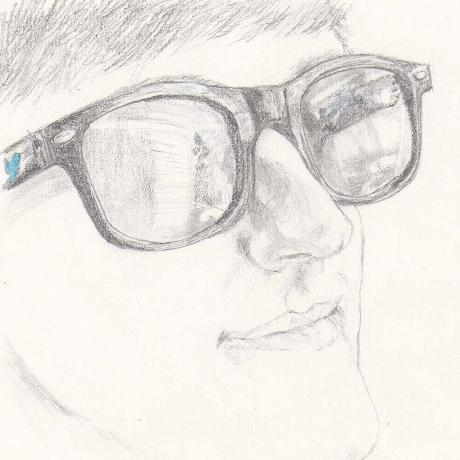So, in the days of yore, there was a game called “X-Wing vs. TIE Fighter,” in which the player flew various missions in an X-Wing (or another ship). When I was a child I enjoyed this game immensely, along with the slew of aerial combat simulators that came out in the mid-to-late 90s.
X-Wing uses a custom mission file format, .XWI, which has already been decoded (at http://www.quantumg.net/xwing_format.php), but I can’t seem to find information on the .
Continue Reading
Which are not, in fact, lasers. That they are not lasers is a point that has been made over and over by anyone claiming to study Star Wars technical systems: They travel slower than light, the beam glows (real-life lasers in a vacuum are not visible from the side), and nobody has attempted to use mirrors or shiny surfaces to simply reflect the lasers.
Starfighters from Naboo are an exception in that they are shiny, but that’s for aesthetic purposes, not defensive.
Continue Reading
Consider, if you will, two actors, Alice and Bob. Alice wants to store some data, so she pays Bob to store the data. Alice gives Bob the data, and deletes it on her own server, but she wants to know whether Bob still has the data. After all, it’s possible that Bob simply took her money and threw away her data.
One method would be for Alice to periodically ask Bob for all of her data, and she can hash the data to make sure that all of the data is present and untampered with (here I neglect the probability that Bob found a preimage for the data, so I assume a strong hash function).
Continue Reading
From my limited web searches, there is a distinct dearth of tutorials on how to build terrain generators for Minecraft-like worlds. There are tutorials on how to build a terrain generator for a finite polygonal world, using such things as the Diamond-Square algorithm. And there are tutorials for how to setup a development environment for building Minecraft terrain generators. So here I will try to talk about how world generation works in those types of worlds.
Continue Reading
Deep breaths, they said. Deep breaths through the nose.
So I did that. Breath in, breath out. It took a while. I sat there, looking at the ceiling, breathing deeply.
Then I couldn’t feel my head. Just a great numbness. Like when you stand up real fast, and can’t see.
I closed my eyes. I can’t go like this, am I dying? Why are they talking about school? I force my eyes open.
Continue Reading
Today, let’s talk about stamps. At least a little bit.
Having a custom stamp is useful if, for instance, you need to stamp stuff. You can get custom stamps off of the internet, but you have to pay money, and often there are various properties of the stamps which are limited (e.g. size, content, etc.).
One can buy little pads of foam in “make-your-own-stamp” kits, which you simply heat up using a hair dryer and then pressing in an impression that you want the foam to hold.
Continue Reading
Last month was the 5th anniversary of this blog. Time to party! Well, time to write blog posts, anyway. Since I missed June I’m doing a second one in July, and then I’ll be back to a post every month. I hope.
Personal desktop 3D printers have long been hailed as the next industrial revolution, or so I’m told. As someone who sometimes makes stuff (citation: The rest of this blog), it’d often be handy to have a device to print parts for things.
Continue Reading
I bought a camera for my Mojo. It’s a small breakout board based on the OV2640 chip made by Omnivision.
The camera is almost plug compatible with the Mojo - you can plug it directly into the header.
Except for the PCLK output. To synchronize the pixel data coming out of the camera, there is a PCLK pin that runs at about 36MHz. If you plug the camera directly into the Mojo this pin connects to pin 34, which can’t quite handle distributing that signal with a low enough skew across the chip.
Continue Reading
So, when I moved my blog’s hosting I hadn’t planned on not posting for 6 (or 7 or 8) months. But that’s how it went down, and it’s okay because I’ve been working on several cool projects (FreeCiv AI, spectrometers, 3d printing, and learning Verilog, among others) and I’ve been in several cool classes (Cryptography and Astronomical Instrumentation come to mind).
But, I will start posting here monthly again, and I have enough projects I should be able to write about a cool project every month for the rest of the year (monthly strikes a decent balance between weekly and never).
Continue Reading
Dear avid reader, the new URL of this blog is http://pillow.rscheme.org/blog/
I guess you already knew that, since you’re reading it here.
But I thought I should make it clear.
Also, the hosting is different, so if the images load slowly for you then just bear with it.
Continue Reading
